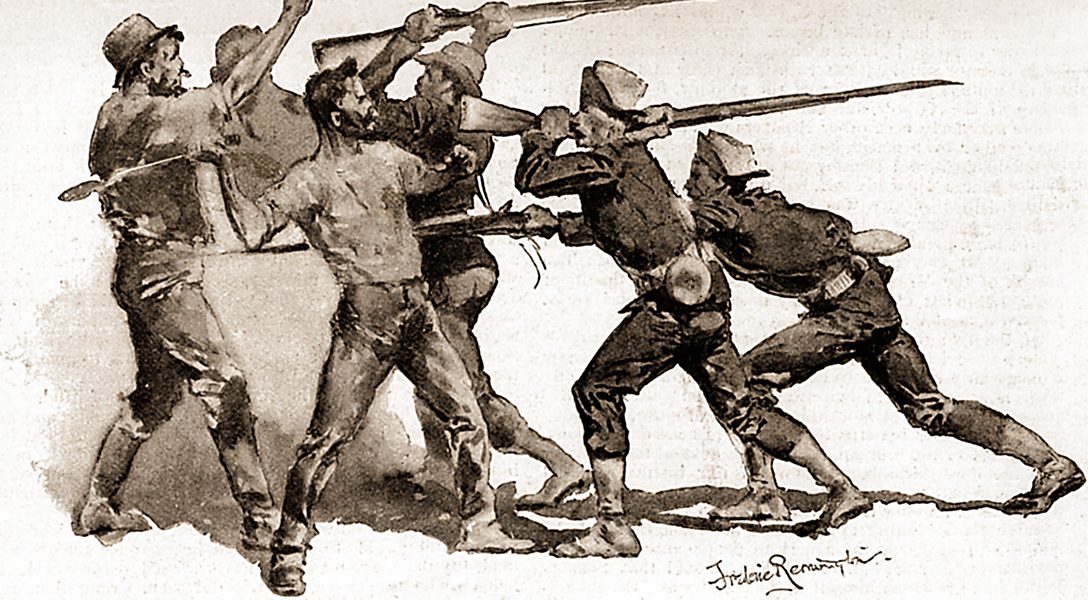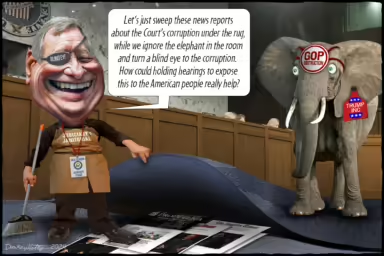According to President Donald Trump, the economy is doing stupendous — thanks to him. But the reality on the ground is that American workers have seen better days, back when unions were prevalent and had real leverage.
Here are three indisputable facts: US GDP is up, the stock market is higher than ever, and unemployment is low.
President Donald Trump is quick to remind us of these facts, while largely taking credit:
Our Country is doing GREAT. Best financial numbers on the Planet. Great to have USA WINNING AGAIN!
— Donald J. Trump (@realDonaldTrump) July 24, 2018
The news from the Financial Markets is even better than anticipated. For all of you that have made a fortune in the markets, or seen your 401k’s rise beyond your wildest expectations, more good news is coming!
— Donald J. Trump (@realDonaldTrump) August 30, 2018
JUST OUT: 3.9% Unemployment. 4% is Broken! In the meantime, WITCH HUNT!
— Donald J. Trump (@realDonaldTrump) May 4, 2018
It’s questionable whether these glowing numbers are attributable to Trump, but nevertheless they are a reality. Is it a cause for celebration? Should American workers be thankful for the economic position the US is in today? Perhaps.
But sometimes saying something that’s true can mask an ugly reality, if the stated truth is not given its proper context, or if other truths are left out.
Here are some other indisputable facts:
- The richest 10 percent of Americans own 84 percent of all stocks.
- The top one percent own 40 percent of the country’s wealth, while the top 20 own 90 percent.
- A majority of Americans can’t cover a $1,000 emergency.
- One third of Americans have less than $1,000 tucked away for retirement, while another third have none whatsoever.
- Forty percent of Americans struggle to pay for at least one basic necessity, such as food, rent, utilities, and health care.
- Approximately one third of hourly employees are working at near minimum wage.
- Adjusted for inflation, minimum-wage workers in 1968 made more than today’s workers make.
- Only one tenth of one percent of American workers earning minimum wage can afford a one-bedroom apartment in any state, while none can afford a two-bedroom.
- Credit card debt is at an all-time high; the average worker owes $6,375.
- One third of Americans hold debt that is currently in collection.
- Adjusted for inflation, for most workers real wages have been stagnant for 40 years.
- Union membership has been on a nearly 70-year decline.
.
Just as Trump doesn’t deserve sole credit for some of the more positive developments, he also cannot be blamed for the problems reflected by the statistics above. Some of them have been decades in the making.
They simply show that this is no time for a victory lap, because most Americans are struggling. That last fact about declining union membership has particular relevance, as it happens to coincide with a rising trend of wealth inequality in the US.
In light of that, we’re re-running the following piece from last year (which went viral after Bernie Sanders shared it on Facebook). This reminds us of the true power and potential of organized labor to affect change for the better, even in the face of seemingly insurmountable odds.
In the summer of 1894, some 3,000 railroad workers on Chicago’s South Side went rogue, staging an unauthorized walkout to protest shrinking paychecks.
The ensuing showdown between the American Railway Union (ARU) and the Pullman Company not only gave Americans a much-appreciated day off but also, more importantly, legitimized unionism as the primary means of protecting and advancing worker rights.
The Pullman Strike, as it would come to be called, emerged from one of the country’s most devastating economic crises, the Panic of 1893. Thousands of businesses shut down, and unemployment cracked 20%. To cope with plummeting demand and revenue, the Pullman Company, a premier railroad manufacturer, slashed its workforce by half and worker wages by a quarter, financially crippling its employees and their families under the weight of unsubsidized rents and living expenses.
The ARU, founded by a then-little-known Eugene V. Debs — the towering socialist prophet who went on to inspire the likes of Kurt Vonnegut and Bernie Sanders — supported the workers by recruiting manpower and coordinating organized follow-up walkouts.
From June to August, half a million workers across America joined the boycott, so incapacitating railroad traffic that President Grover Cleveland’s administration sought an injunction against the union — the first in US history — and dispatched troops to end the strike.
The immediate aftermath was not pretty. Although Cleveland, as a peace offering, christened Labor Day a national holiday, wages stayed stagnant, unions suffered significant losses, and Debs went to jail for violating a court injunction.
Even so, the Pullman Strike ushered in an era of widespread unionization, heightened awareness of class and wealth inequality and, subsequently, progressive ideals like a minimum wage and overtime pay.
Americans are still reaping the rewards of unionism today: the gender pay gap has halved since 1980, and in five years time, 17% of the populace will live in a city or state with a $15 minimum wage. Yet as automation continues its assault on the most heavily-unionized industries, the formidable labor movement that has converted ideals into laws is starting to look like the relic of a bygone era. Union membership slumped to an all-time low this year — a dismal 10.7 percent. Anti-collective-bargaining laws have gathered steam in states like Wisconsin, ostensibly as a productivity booster but actually a corporate-backed effort to swat aside annoyances like paid sick days and extended maternity leave.
As this long holiday weekend takes off, it’s important to remember that decades of organized labor protests, not bouts of compassion from white-collar executives, are the reason Americans get to sleep in on Monday morning — and enjoy many other benefits.
Watch the videos below to learn more about the seminal strike that defined the modern labor movement.
Related front page panorama photo credit: Adapted by WhoWhatWhy from Pullman Strike (Harpers Weekly / Wikimedia), ARU logo (American Railway Union / Wikimedia) and Pullman Shield (Oxyman / Wikimedia – CC BY-SA 3.0).



